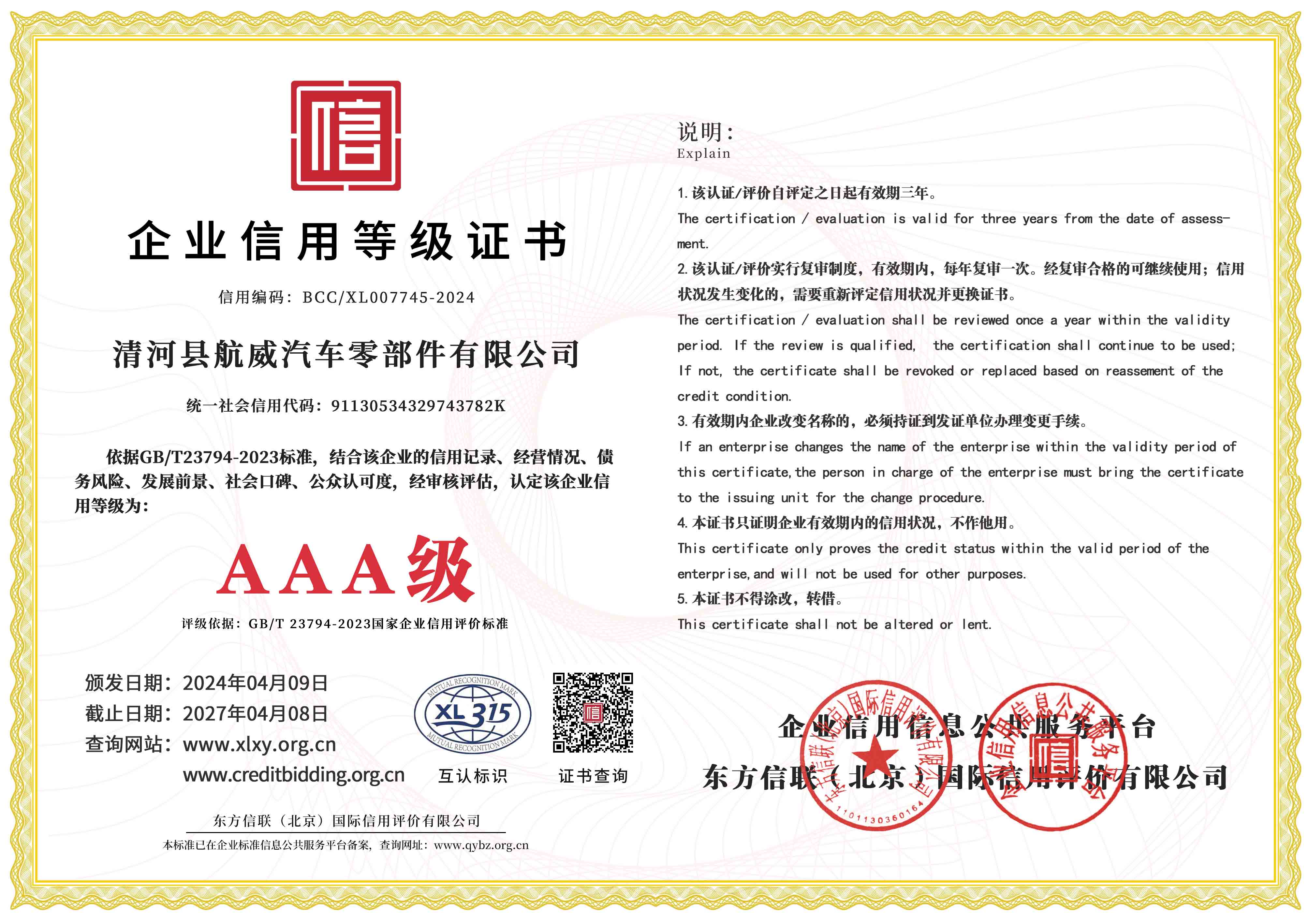push and pull throttle cable
Understanding Push and Pull Throttle Cables Mechanisms and Applications
Throttle cables play a crucial role in the functionality of various vehicles, machinery, and equipment. Among the different types, push and pull throttle cables are widely used in the automotive and aviation industries for their efficiency and reliability. This article provides a detailed overview of push and pull throttle cables, explaining their mechanics, applications, and significance.
What are Push and Pull Throttle Cables?
Throttle cables are mechanical devices that control the throttle valve, influencing the engine's power output and speed. They consist of a flexible cable inside an outer casing, allowing for smooth operation when connected to the throttle lever and the engine. These cables can be categorized into two main types push and pull cables.
Push Throttle Cables These cables function by pushing the throttle valve open when the driver or operator applies pressure. Typically, a push cable is used in systems where the throttle mechanism is situated closer to the driver, allowing for better control and responsiveness.
Pull Throttle Cables In contrast, pull throttle cables operate by pulling on the throttle valve to open it. These cables are commonly found in applications where the throttle control is located farther from the engine, permitting a suitable distance for manipulation and reducing the risk of damage due to excessive bending or strain.
Mechanism of Action
The operation of throttle cables involves fundamental mechanics that rely on tension and movement. When a throttle lever is activated, it either pushes or pulls the respective cable. This motion translates directly to the throttle valve at the engine, opening or closing it based on the command given by the operator. The immediate result is a change in the air-fuel mixture entering the engine, thereby adjusting its power output.
Material and Construction The cables are typically made from durable materials such as stainless steel or high-strength plastics. The choice of material influences the cable's longevity, resistance to corrosion, and overall performance. Additionally, the cable's construction must allow for minimal friction to ensure a smooth operation.
push and pull throttle cable

Applications of Push and Pull Throttle Cables
Push and pull throttle cables are widely used in various sectors, including
1. Automotive Industry In cars and motorcycles, these cables regulate engine power, ensuring that the vehicle responds effectively to the driver's commands. They are integral to maintaining a safe driving experience, particularly in high-performance vehicles where responsive throttle control is essential.
2. Aerospace Aircraft utilize pull throttle cables to manage engine thrust. In the cockpit, pilots rely on these cables to transition smoothly between different flight phases, making precise adjustments to altitude and speed.
3. Marine Applications In boats and ships, push and pull cables are often used in throttle control systems to manage engine power and maneuverability while navigating various water conditions.
4. Agricultural Equipment Tractors and harvesters utilize these cables to control engine power for different functions, enhancing operational efficiency on the field.
5. Power Tools Many power tools, such as chainsaws and lawnmowers, incorporate throttle cables for speed control, providing operators with the ability to adjust performance based on task requirements.
Conclusion
Push and pull throttle cables are more than just simple components; they are vital elements that ensure the smooth operation of various machines and vehicles. By understanding their mechanisms, construction, and applications, users can appreciate the significance of these cables in enhancing performance and safety. Regular maintenance and timely replacements are crucial to avoid any potential mechanical failures, ultimately ensuring longevity and reliability in performance. Whether in cars, aircraft, or agricultural machines, these cables are indispensable for achieving optimal control, making them fundamental to modern mechanical systems.
-
Workings of Clutch Pipe and Hose SystemsNewsJun.04,2025
-
The Inner Workings of Hand Brake Cable SystemsNewsJun.04,2025
-
The Secrets of Throttle and Accelerator CablesNewsJun.04,2025
-
The Hidden Lifeline of Your Transmission Gear Shift CablesNewsJun.04,2025
-
Demystifying Gear Cables and Shift LinkagesNewsJun.04,2025
-
Decoding Clutch Line Systems A Comprehensive GuideNewsJun.04,2025
